Fort Lewis General Hospital was redesignated Madigan General Hospital
On Sept. 22, 1944, the War Department General Order Number 76 officially redesignated Fort Lewis General Hospital as…
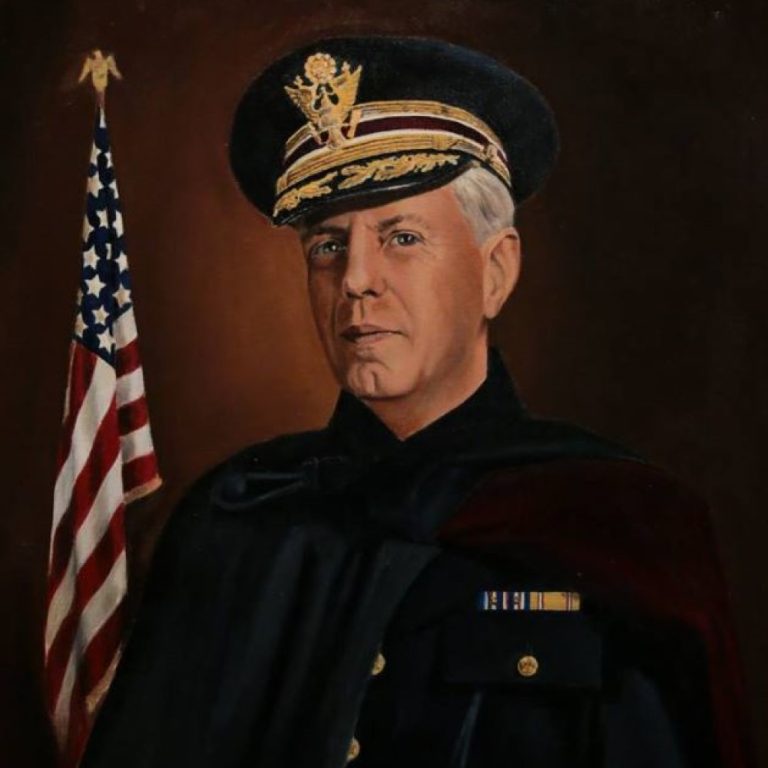
On Sept. 22, 1944, the War Department General Order Number 76 officially redesignated Fort Lewis General Hospital as…
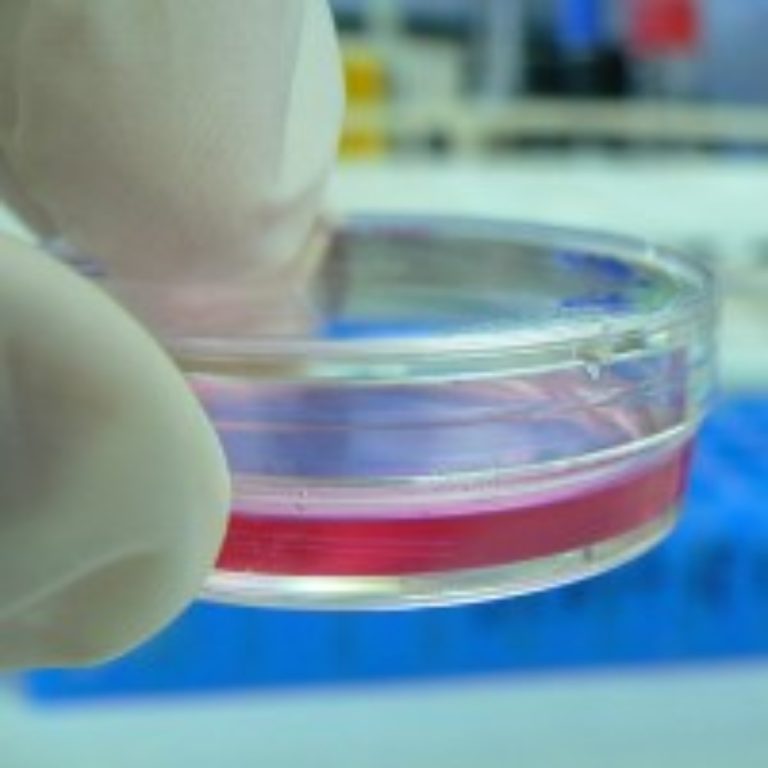
In 1944, the use of cell cultures for virus growth was discovered. This allowed viruses to be cultured…
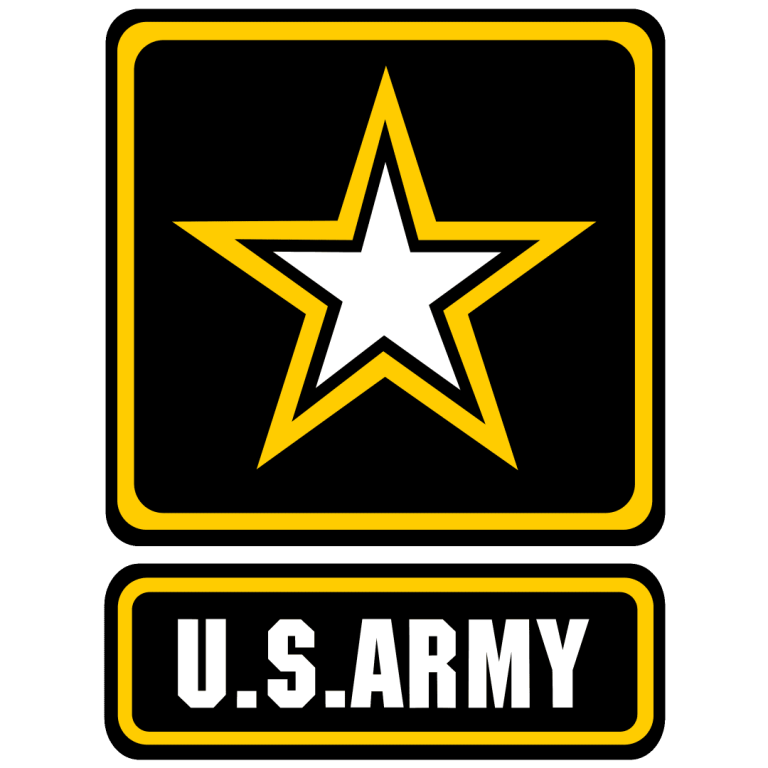
In 1942, influenza A/B vaccine was introduced to the Armed Forces Epidemiological Board. The vaccine was effective against…

In 1942, Dr. Jonas Salk arrived at the University of Michigan School of Public Health. Techniques earned there…
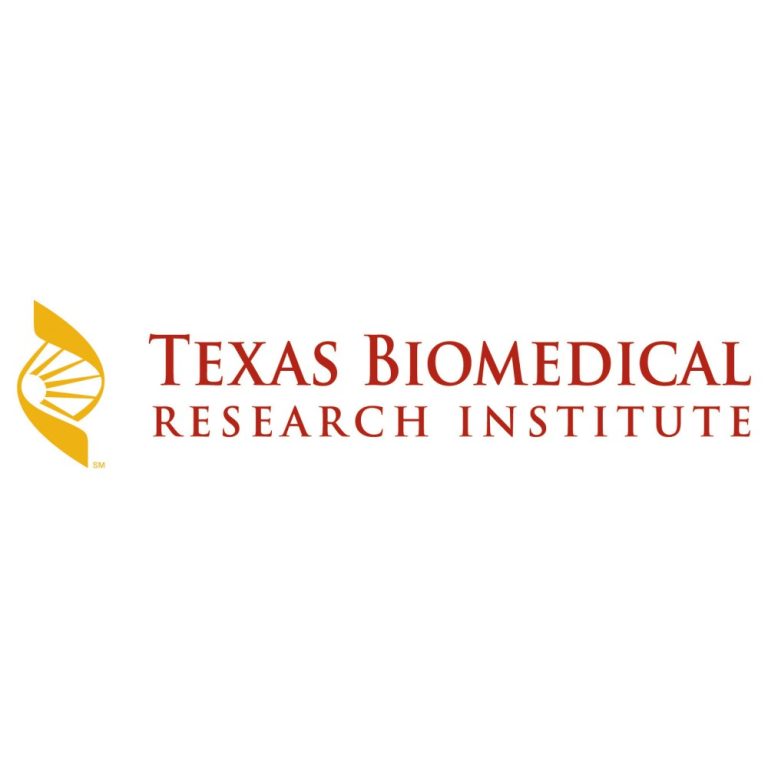
On Dec. 16, 1941, the Texas Biomedical Research Institute began as the scientific dream of its founder, Thomas…
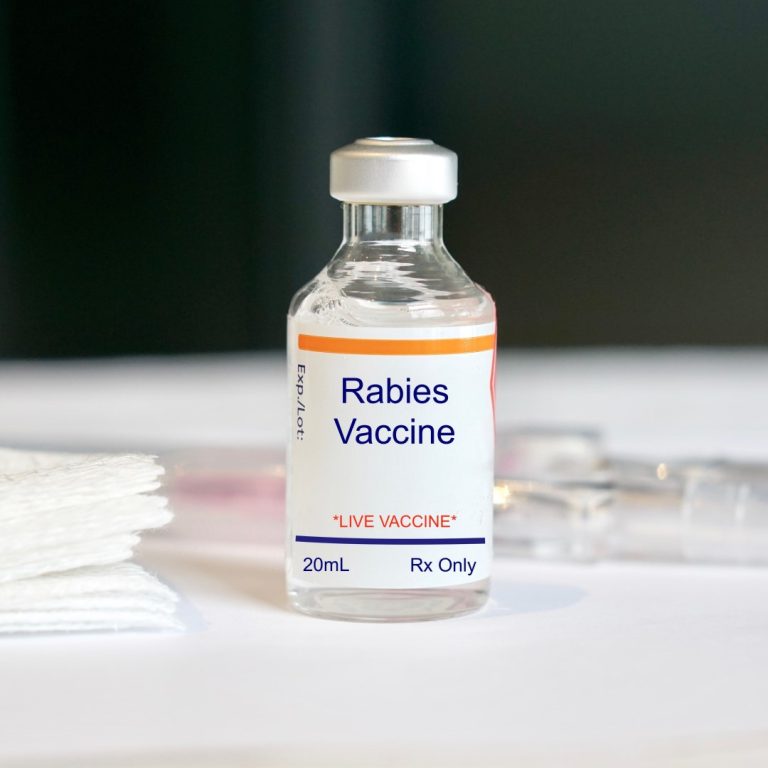
On Sept. 6, 1940, Karl Habel produced an improved, killed rabies vaccine that eliminated foreign brain tissue that…

On Jun. 14, 1940, Charles Armstrong and V. H. Haas published Immunity to the Lansing Strain of Poliomyelitis…
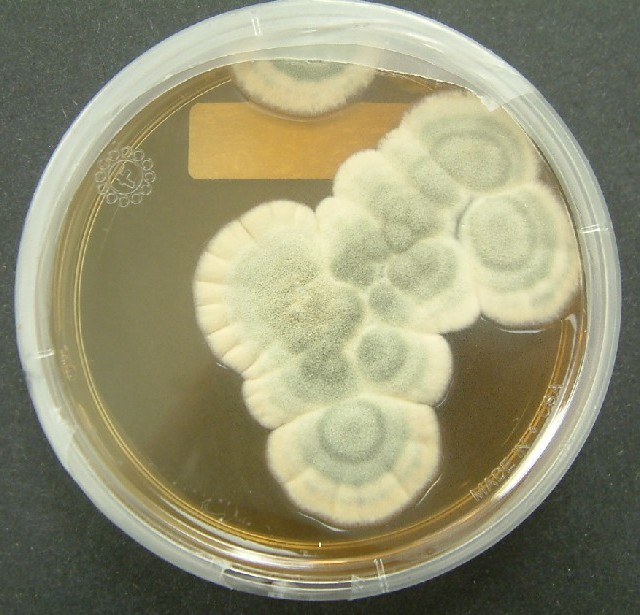
In 1940, Howard Florey, Ernst Chain and others in England discover how to purify and preserve penicillin. The…
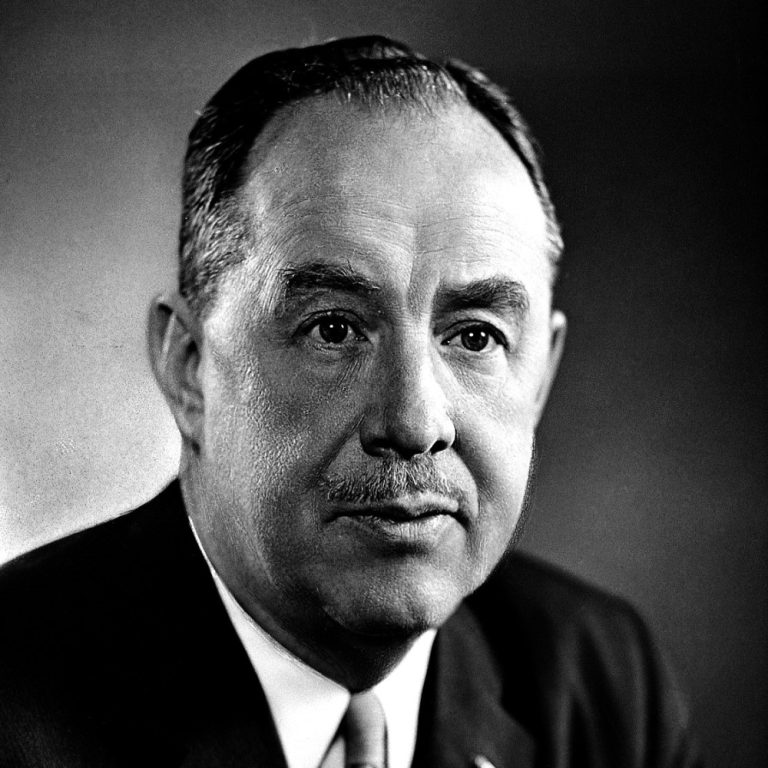
In 1940, Thomas Francis, Jr, MD isolated the influenza B virus from a child in 1940. Francis helped…
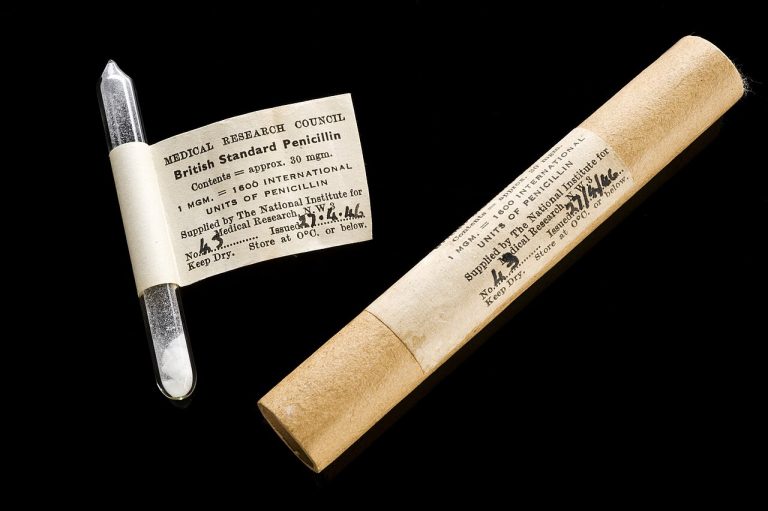
In 1940, Edard Abraham and Ernst Chain reported that an E. coli strain was able to inactivate penicillin…
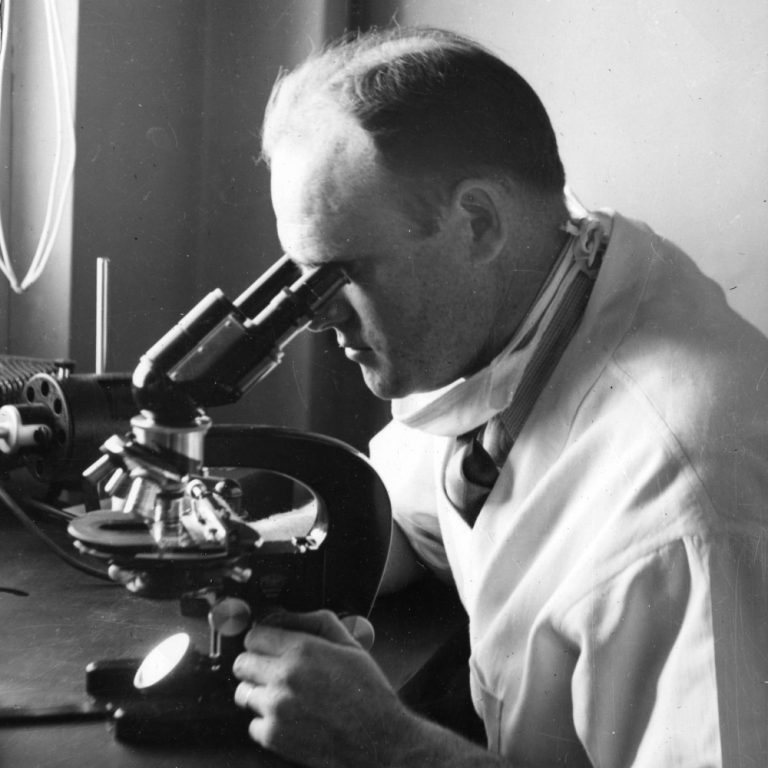
On Dec. 23, 1938, Herald R. Cox published: Use of Yolk Sac of Developing Chick Embryo as Medium…
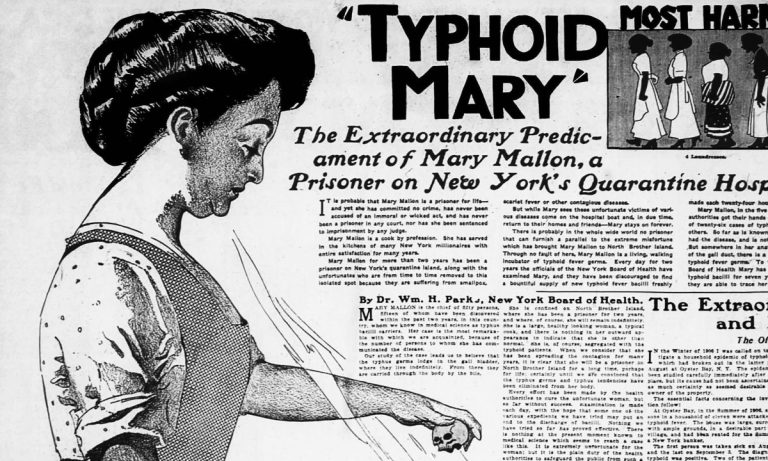
On Nov. 11, 1938, Mary Mallon, also known as Typhoid Mary and the first person in the U.S.,…
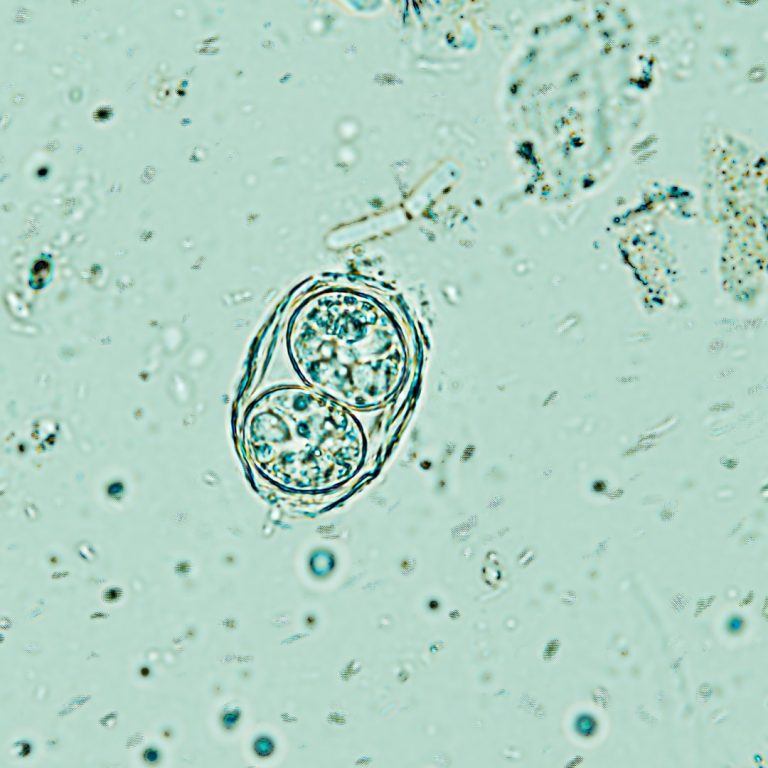
On May 23, 1938, Toxoplasma gondii (T. gondi) was identified in humans gondii was identified in an infant…
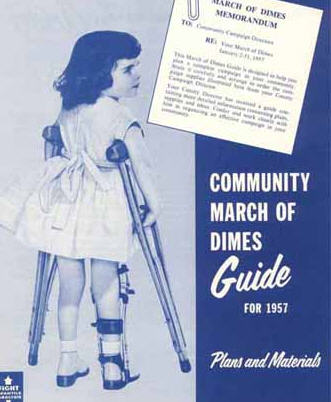
On Jan. 3, 1938, President Roosevelt founded the National Foundation for Infantile Paralysis (NFIP) known today as the…
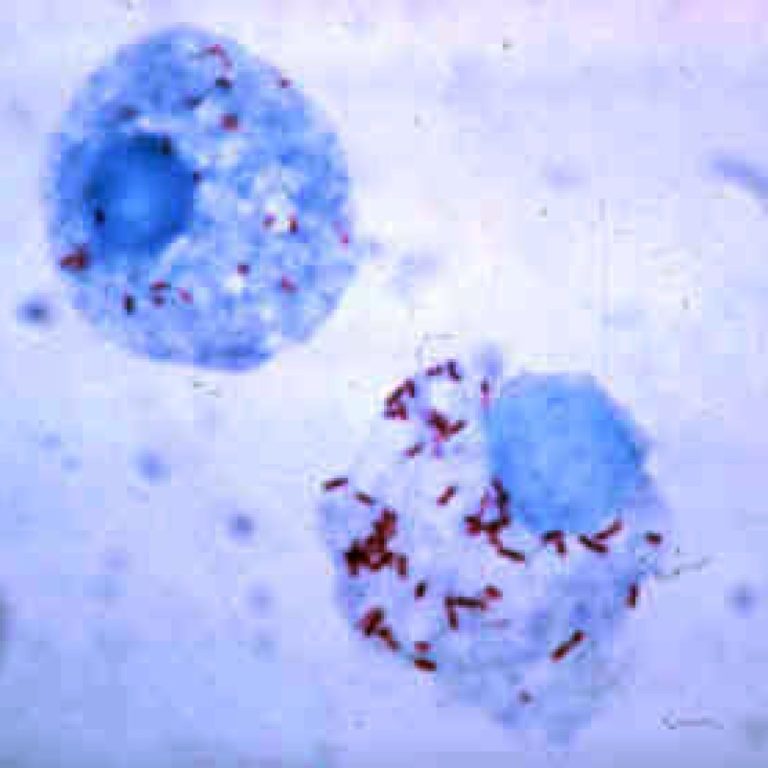
In 1938, Gordon E. Davis and Herald R. Cox identified a new rickettsial disease, which they called Nine…
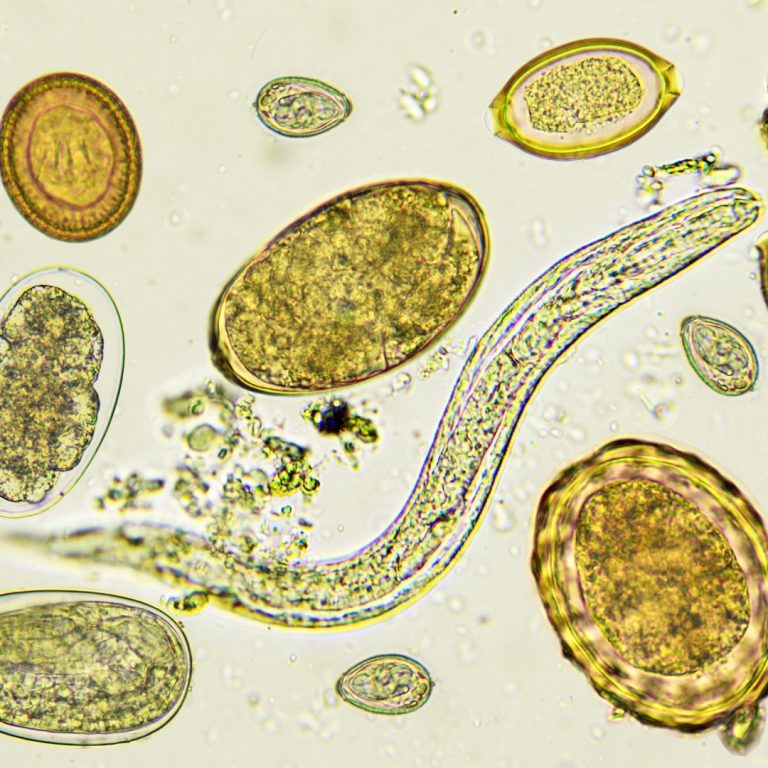
In 1938, John Bozicevich developed immunological methods for the diagnosis of helminth parasitic infections. Helminthiasis, also known as…
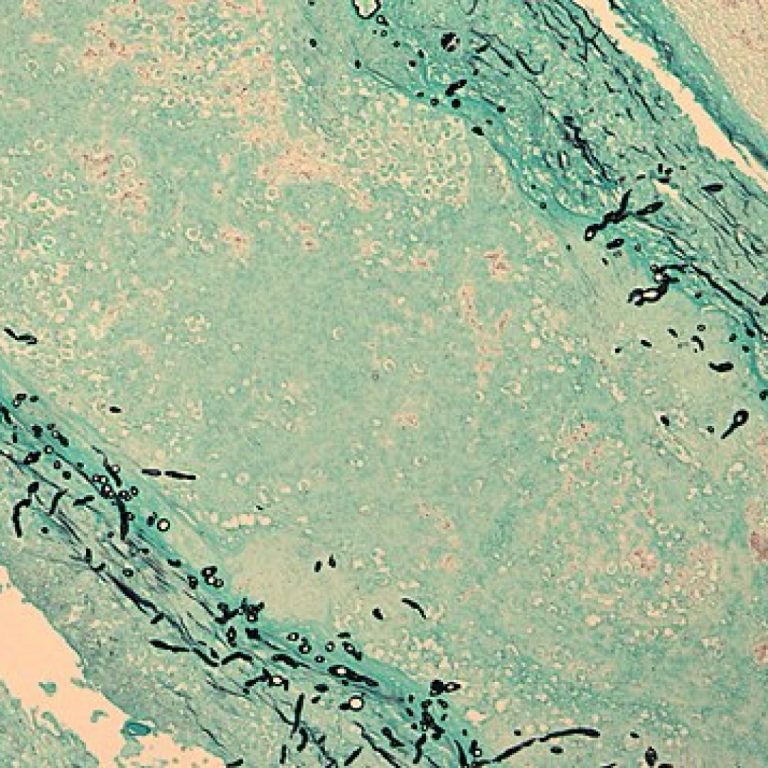
In 1938, Margaret Pittman showed that the precipitin reaction around meningococcus colonies on immune serum agar plates was…
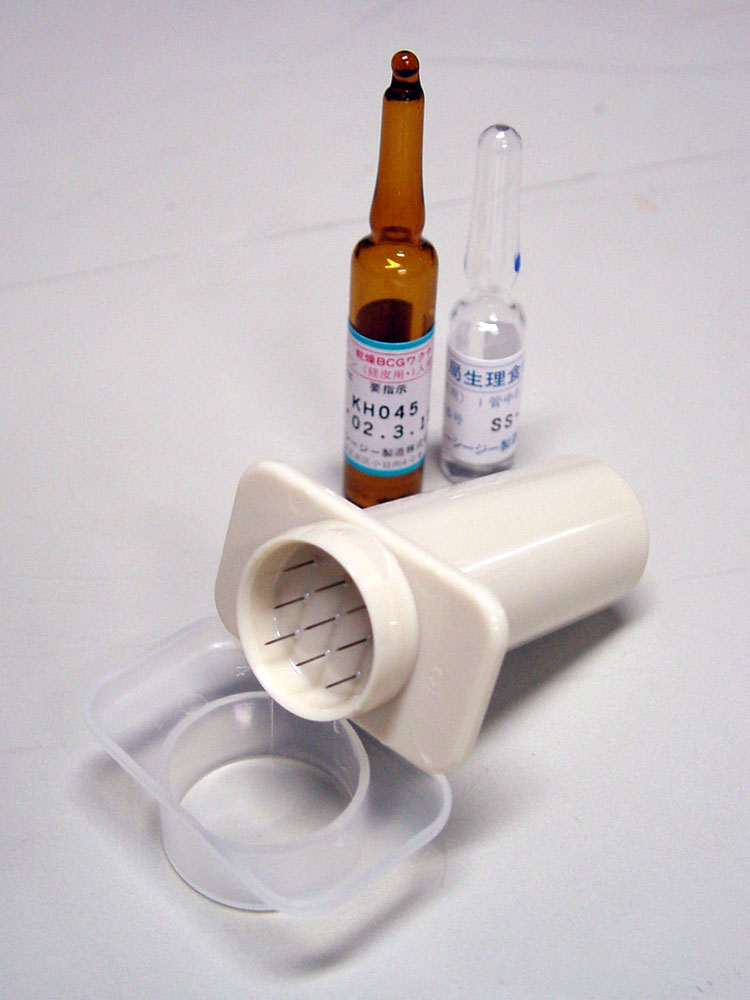
In 1938, Dr. Armand Frappier, at the Institut de Microbiologie et d’Hygiene de Montreal, conducted the first studies…
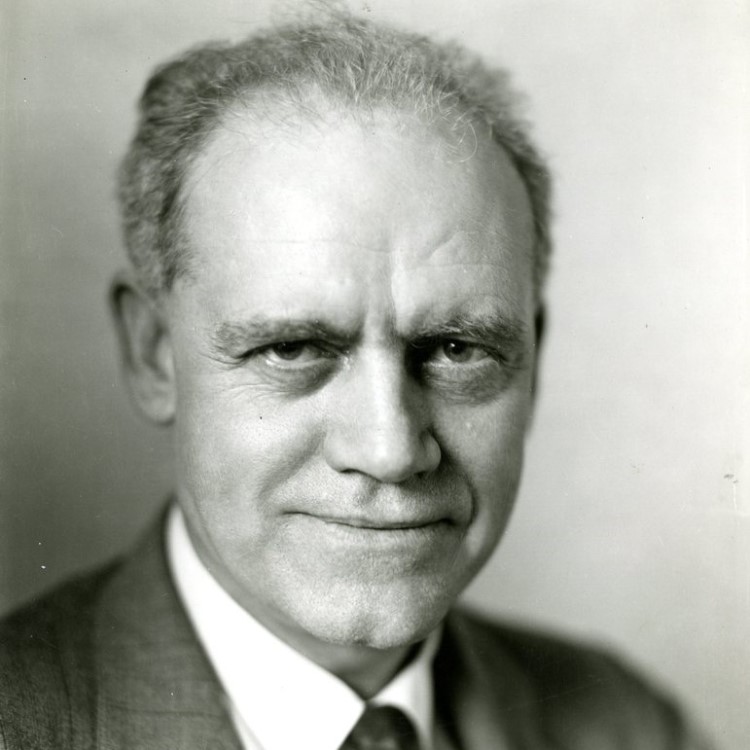
In 1937, Maurice C. Hall developed a technique, known as the “NIH swab,” to diagnose enterobiasis; it is…
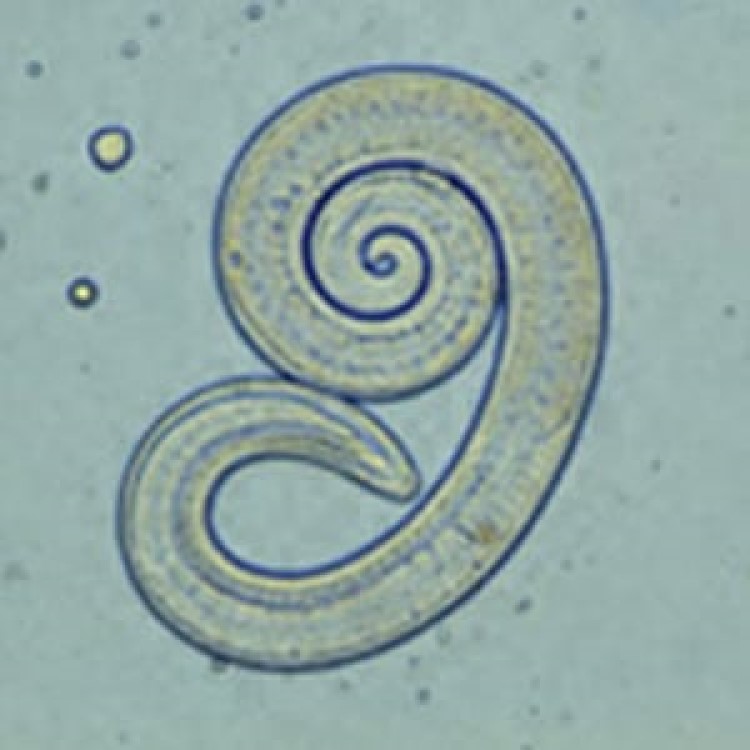
On Aug. 19, 1938, Maurice C. Hall, Willard H. Wright and colleagues published Studies in Trichinoisis that demonstrated…
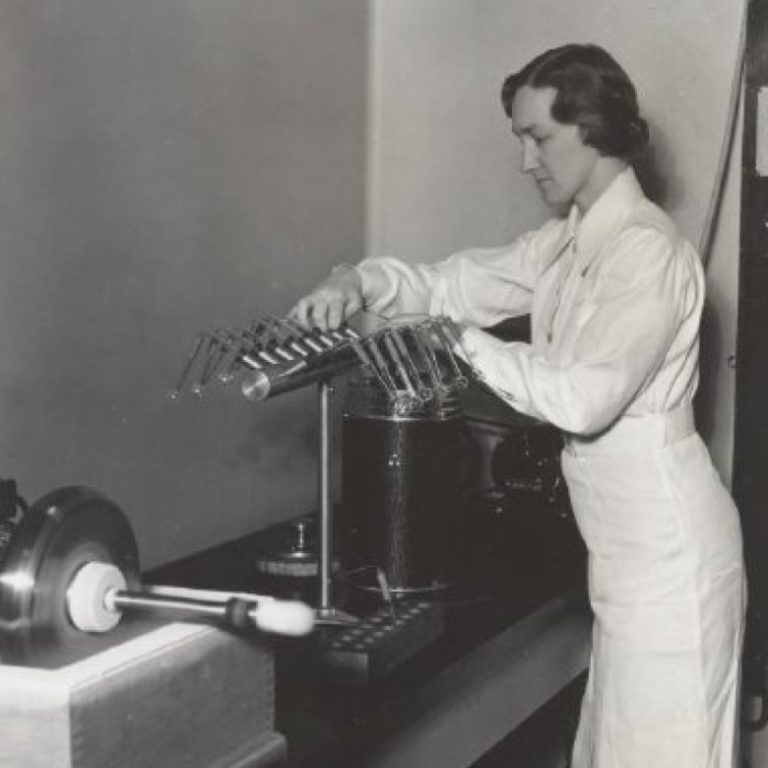
In 1937, Margaret Pittman, Sara E. Branham, and E. M. Sockrider showed the type specificity of meningococcus by…

In 1937, Albert Sabin and Peter Olitsky demonstrated that the parasiteToxoplasma gondii (T. gondii) was an obligate intracellular…
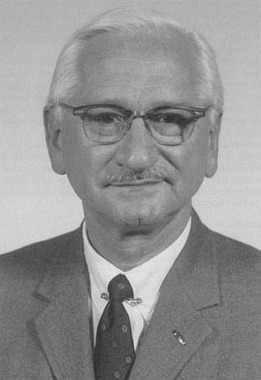
In 1936, Albert Sabin and Peter Olitsky at the Rockefeller Institute successfully grew poliovirus in a culture of…

In 1934, The Yellow Jack, co-written by Sidney Howard, a Pulitzer- and Oscar-winning playwright and screenwriter, and Paul…

On Jul. 8, 1933, Christopher Andrewes, Laidlaw and W Smith from the Medical Research Council (MRC) reported that…
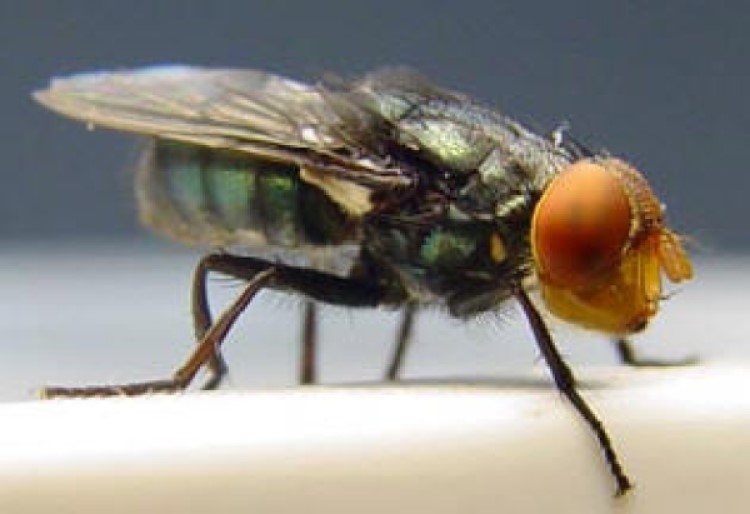
In 1933, the New World Screwworm (NWS) was first documented as a significant problem in the Southeast following…

On Feb. 2, 1925, a life-or-death race to save the children of Nome from a diphtheria epidemic made…
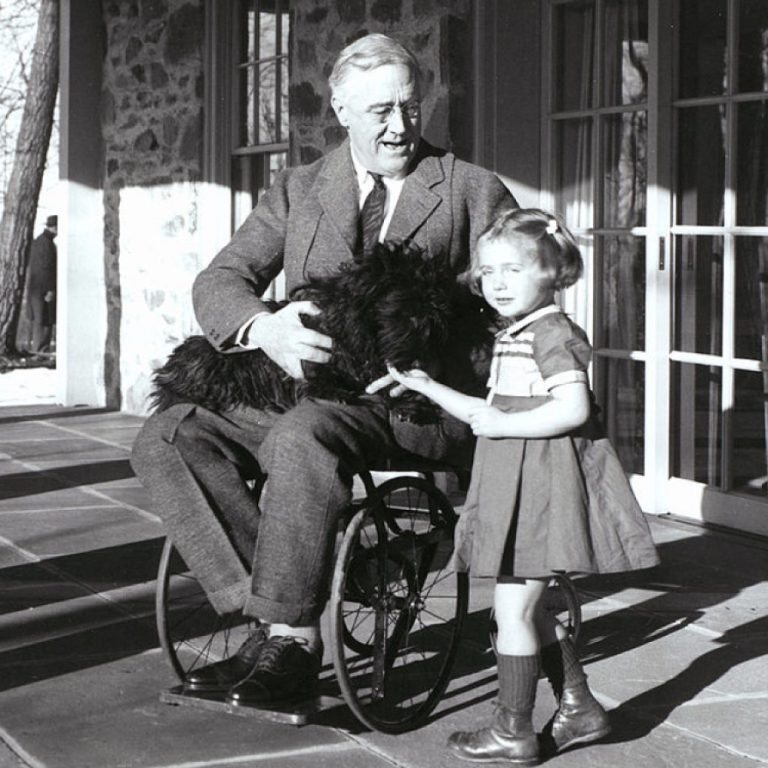
In 1921, future President of the U.S. Franklin D. Roosevelt (FDR) became a victim of polio at the…
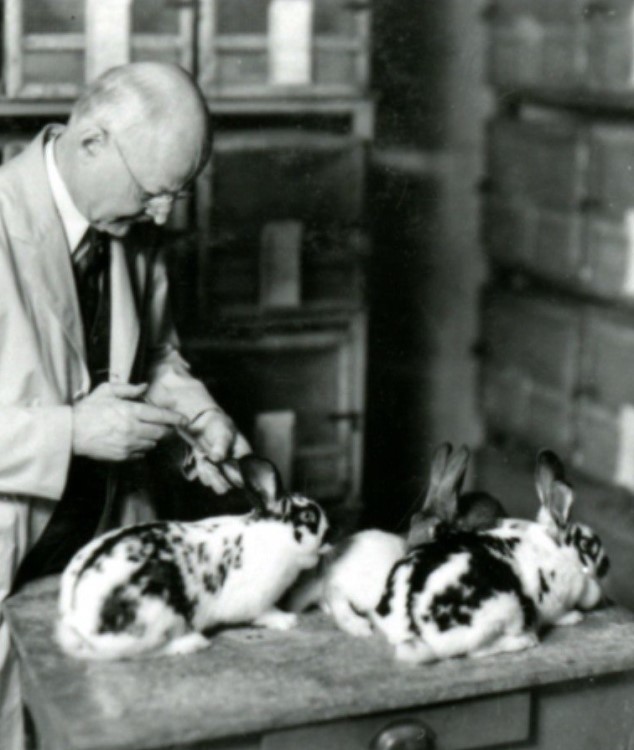
In 1919, Edward Francis extended the earlier observations on tularemia. His other studies, continued into the 1920s, clarified…
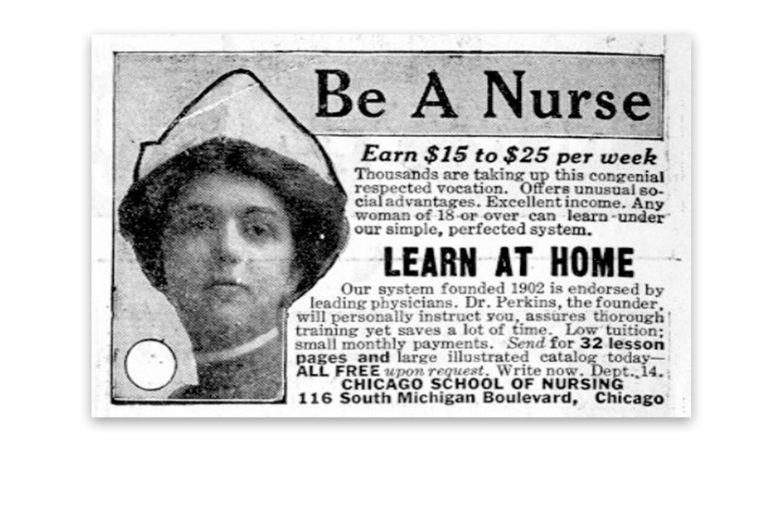
In 1919, the University of Oregon in Eugene introduced the state’s first professional courses in nursing. The courses…